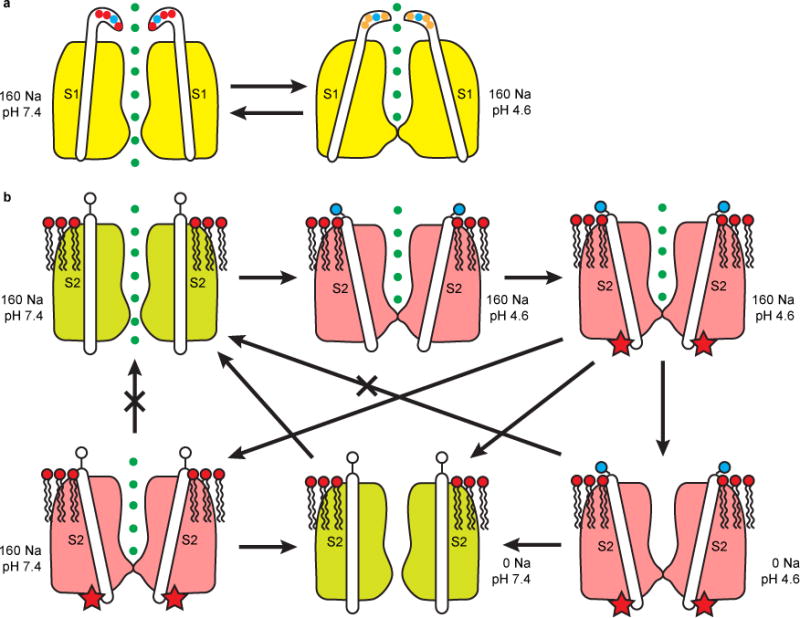Figure 7. Model of Two Modes of Low-pH Inhibition of TRPML3.

(a) Mode 1, reversible inhibition induced by protonation of the luminal pore-loop aspartates and transmitted through S1. (b) Mode 2, long-lasting inhibition induced by protonation of H283 and transmitted through S2. Protonated H283 (filled blue circle) interacts with negatively charged head groups of lipids in the outer leaflet of the membrane, causing a conformational change of S2 and a modification of the channel (indicated by the red star). This inhibition can be reversed only by bathing the channel in a Na+-free, neutral pH solution. The existence and properties of some of the proposed transition states need experimental verification.
